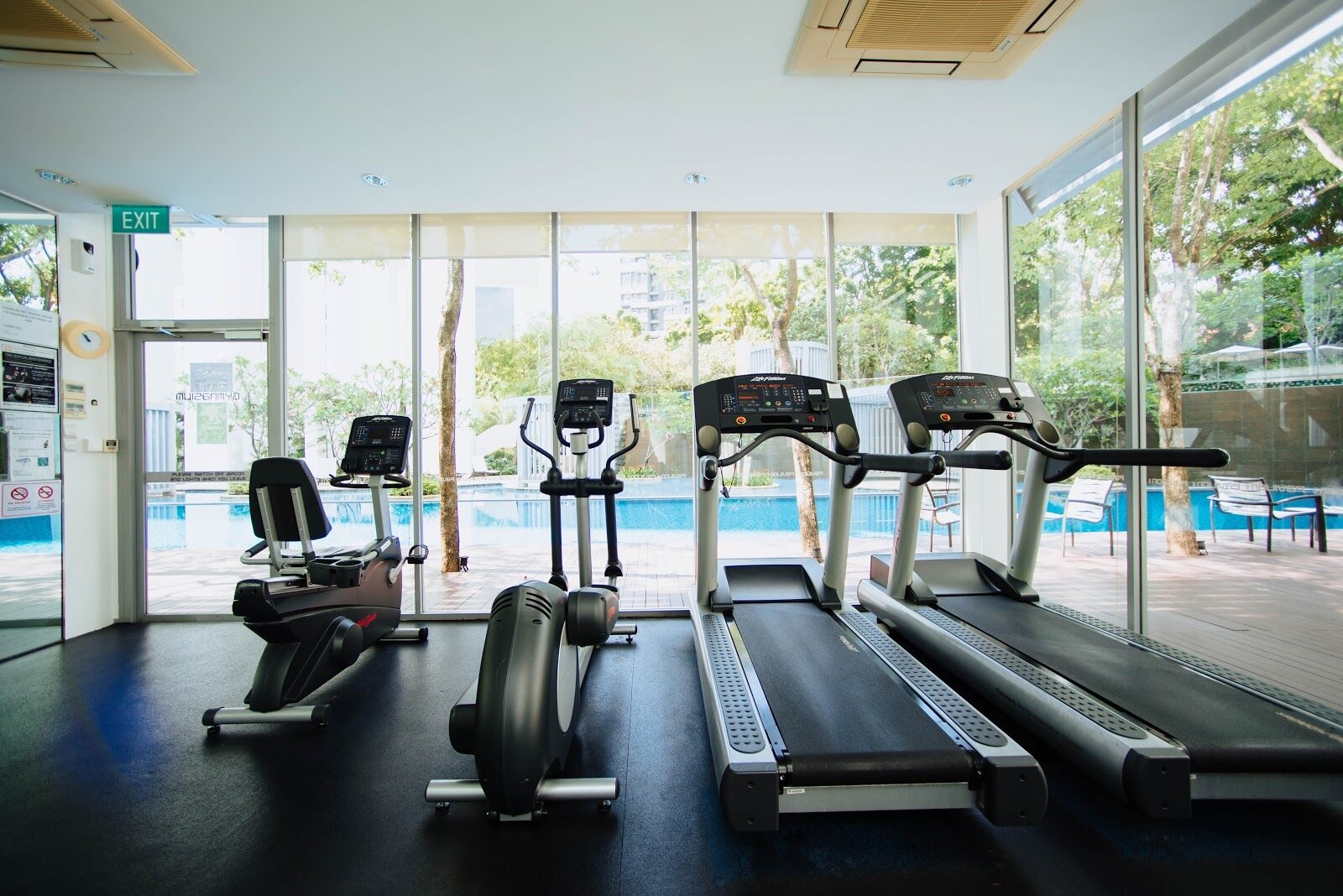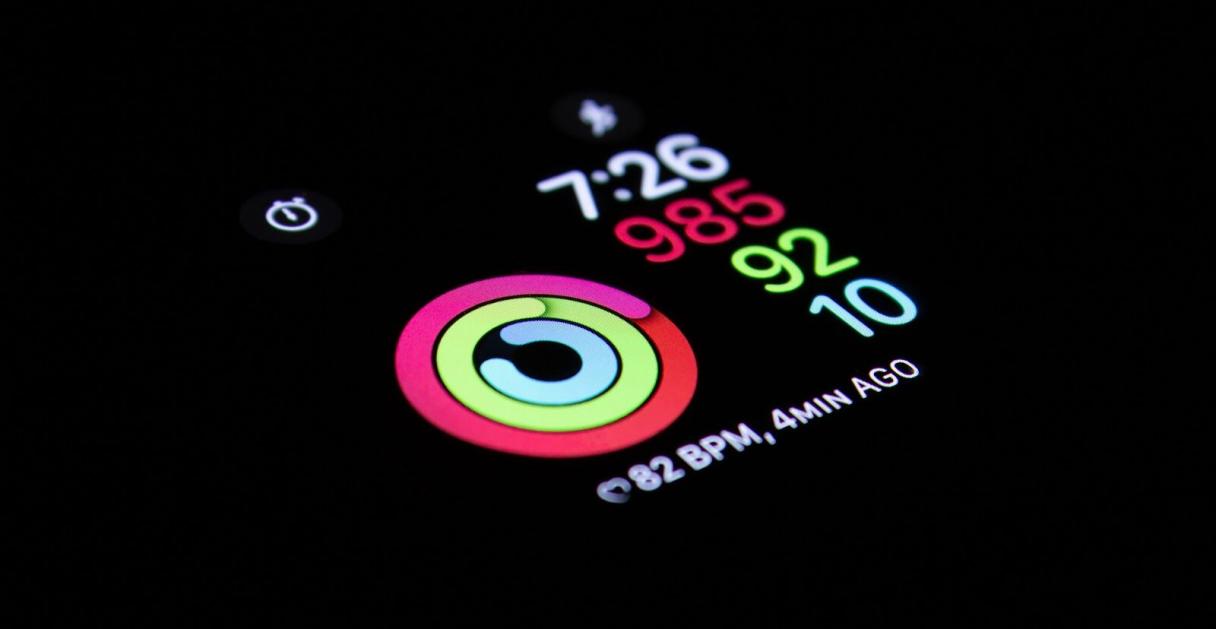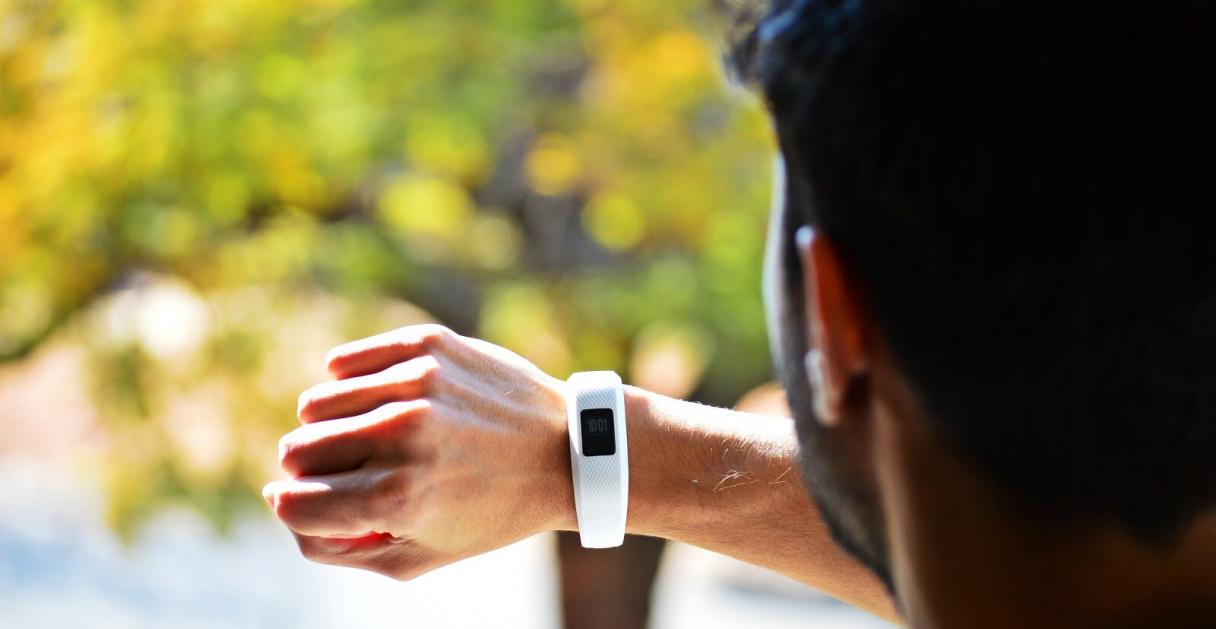IoT trends have revolutionized many industries, including many aspects of the fitness sphere. This article will examine how IoT technology has already been implemented within fitness facilities and its capabilities for the future.

IoT trends have revolutionized many industries, including many aspects of the fitness sphere. This article will examine how IoT technology has already been implemented within fitness facilities and its capabilities for the future.

The term “Internet of Things” was first used by Kevin Ashton in 1999 when Auto-ID Center just appeared. The centre worked on radio frequency identification (RFID) and sensor technologies, which has been credited for popularizing the concept of IoT.
IoT is considered to be a concept of space which connects the analog world with the digital one. Internet of things determines our relationship with objects, along with the very sense of these objects. This technology is not only a combination of a great variety of sensors and devices connected by wired and wireless networks – it is a close integration of virtual and real worlds in which people interact with objects. IoT is probably being invented as a single network aimed at creating maximum comfort for people and reducing the consumption of resources.
The most affordable IoT sports solutions include the following things: switching on/off of a signalling system via smartphone; fridges connected to the Internet; climate control systems or coffee machines set up with the help of the Internet through mobile phones, etc.
Some futurists and marketers have discussed putting special sensors into the body. These sensors will be able to analyse the state of health of a person and give commands to the objects around to make the person feel comfortable. For example, if your neck is getting stiff, sensors in your body are already aware of the problem with the blood supply. You recline in a chair, and it is already bending back so that your neck is relaxed.
IoT is not a technology revolution; rather, it is a great change in human behaviour and their relationship with objects. People start using technology and devices differently. IoT development is so visible in agriculture, logistics, smart cities, healthcare app development, etc. IoT helps monitor the health status: different sensors can measure blood pressure, heart rate, and even breathing rate.
Let’s examine how IoT helps reinvent the future of fitness and gyms by introducing the new technology trends to the sports industry.
During the latest years, IoT-driven trends have changed our perception of the fitness industry.

Internet of Things has appeared as one of the essential prerequisites for group sport exercises. Today, more and more gyms start using wireless sensors so that every single member of the group can monitor their work rate at the given moment. Instructors, in turn, are able to better understand and serve the needs of group members.
IoT makes it simpler to connect with tools that give us a clear picture of how hard we’re working out or what we need to do to exercise harder. The end result is a smarter gym, and hopefully a smarter workout.

Nowadays, people wish to have a more engaging sports experience. Due to the lack of time or opportunities to use real trainers, they would like to use these things in the virtual world.
The benefit of immersive virtual reality (VR) looks very real with the invention of head-mounted displays (HMDs) such as Oculus Rift or HTC VIVE. Immersive VR encloses a person in a computer-generated world that naturally responds to the movements of the person. An amazing immersive virtual experience is realized by using sensors that capture the user’s movements and using that information to update the sensory stimuli presented to the user via an HMD.
VR devices create the illusion of being immersed in a virtual environment in which people can interact. Thanks to its unique capability of enabling virtual experience, immersive VR has been defined as a technology that has the significant potential to significantly change the fitness industry.

For people, it’s important to share their experience and success with others. Sharing with others your workout progress motivates. App developers have put this psychological characteristic into the concept of fitness app development. Today, you can easily share your success with your friends or family with the push of a button. Moreover, most fitness apps connected with social media accounts allow people to share their progress in social networks.
According to Gartner, around 30% of wearables owners abandon the use of the trackers. This is happening because after purchasing a new wearable, people are engaged to get their fitness data to start exercising better; however, the data turns out to be useless without special platforms that can analyse this data effectively.
Sports classes and gyms are using IoT-driven technologies to enhance their customers' experience. In doing so, they implement a personalized approach to their clients.
To transform the health club experience through technology, industry leaders in gym, fitness, and health fields use connected and intelligent systems to collect feedback from their clients. The training equipment is now intelligent enough to evaluate your movements and offer correct guidance. There are also new ways to challenge yourself, like competing against your personal bests. Moreover, gyms are currently offering more ways to entertain like HD-videos, on-demand content, music, all with simple and easy to use interfaces.

A few years ago, a heart rate sensor was the only device used to track health status. Nowadays, these sensors are just a part of more complex wearables that share valuable health data from wrists to the cloud. It is presumed that sensors will evolve in the next few years to become smarter and more resource saving than ever.
According to IHRSA, cloud-connected sensors help gyms monitor the use of equipment. Besides, the cloud provides many other capabilities like sharing data, providing tutorials, coaching, and instructions in the health clubs, giving access to training videos, tracking of metrics, sharing fitness progress with friends, organizing online competitions, managing clubs, etc.
Modern gyms are currently trying to use rating systems. For example, with the help of wireless sensors, gyms can display the heart rate of every gym visitor. Such rating systems can help motivate people and make them work harder to catch up to other participants whose rank in the system is higher.
Gyms prefer using cloud technology because it helps them complete lots of tasks more efficiently. They no longer need expensive computers on their site and highly paid specialists to maintain that hardware and software.
Cloud-based apps reduce operation costs and help companies become more progressive and competitive. Cloud providers, in their turn, take care of maintenance, support, updates, and all the other stuff related to the smooth work of the gym.
The future of gyms with IoT technologies in place holds great potential. Cloud-based tools allow you to generate, process, store and analyse Big Data. Modern software platforms allow gyms to provide better user experience in the wearable product environment. Mobile fitness applications also add value to the table. They help people monitor their health state in the real-time and share it with their doctors.
With the advent of IoT devices and platforms, we envision that it will revolutionize the personal fitness experience in our daily lives.
Guest Blogger: Dmitry Reshetchenko is a Junior Outreach Specialist for Diceus, a technology partner for developing enterprise solutions. He is passionate in his belief that a partnership with IT blogs is of great importance. Dmitry works mostly with Tech blogs
Discover how our innovative solutions can elevate your business. Request a demo today and see the difference firsthand. Let's grow, together!
